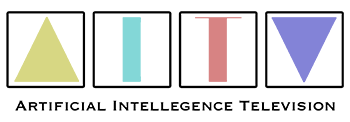AI image generation is a process of using machine learning algorithms to generate new images. There are several approaches to AI image generation, but one popular method is known as Generative Adversarial Networks (GANs). There are multiple image generators online. We created the featured image with usp.ai.
GANS
GANs are composed of two neural networks: a generator and a discriminator. This is the same concept that deep fake technology uses except the base image is different. The generator generates new images by taking random noise as input and producing an output image that should look like a real image. The discriminator, on the other hand, tries to distinguish between the generated images and the real images. The two networks are trained together in a process called adversarial training, where the generator tries to fool the discriminator by generating more realistic images, and the discriminator tries to correctly identify which images are real and which ones are generated.
As the generator learns to create more realistic images, the discriminator becomes better at distinguishing between real and generated images. Eventually, the generator is able to create images that are indistinguishable from real ones. GANs can be used for a wide range of image generation tasks, such as creating realistic faces, generating new artwork, or creating synthetic images for use in training other AI models.
Training an AI Model
Different training models result in different images produced. We used a few different training models with the same text and received completely different results. Some of the models we used are Portait+, Anything V4, MidJourney V4 and StableDiffusion 2.0. The prompt we used was Portrait of angel with yellow hair and with cute face, perfect composition, hyperrealistic, super detailed, 8k, high quality, trending art, trending on artstation, sharp focus, studio photo, intricate details, highly detailed. Scroll through the different returns.
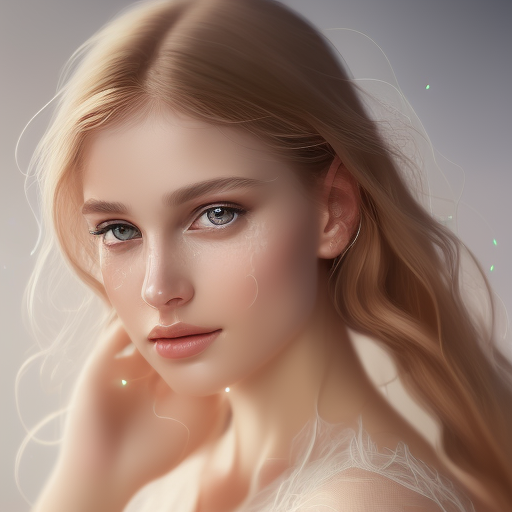
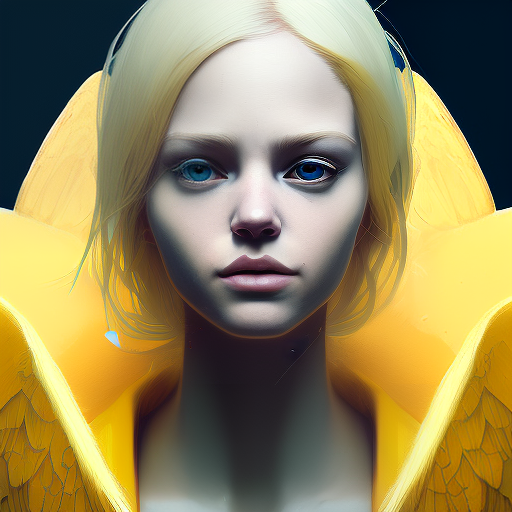
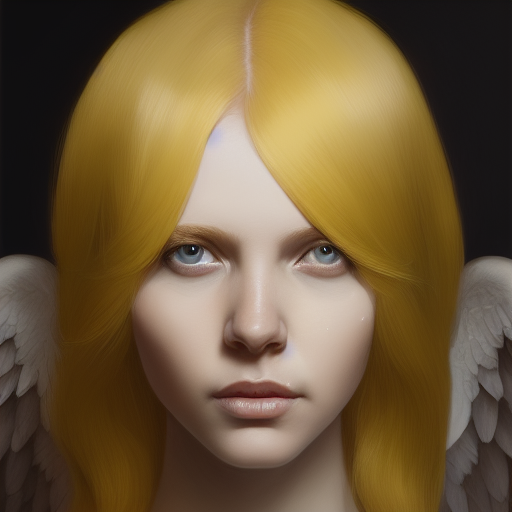

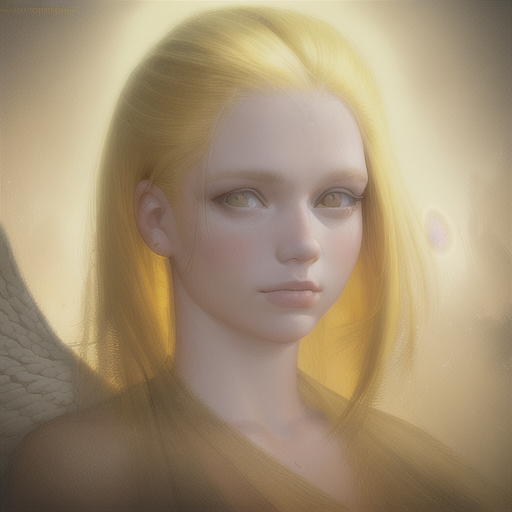
For more on how AI is changing media of all types click here.
